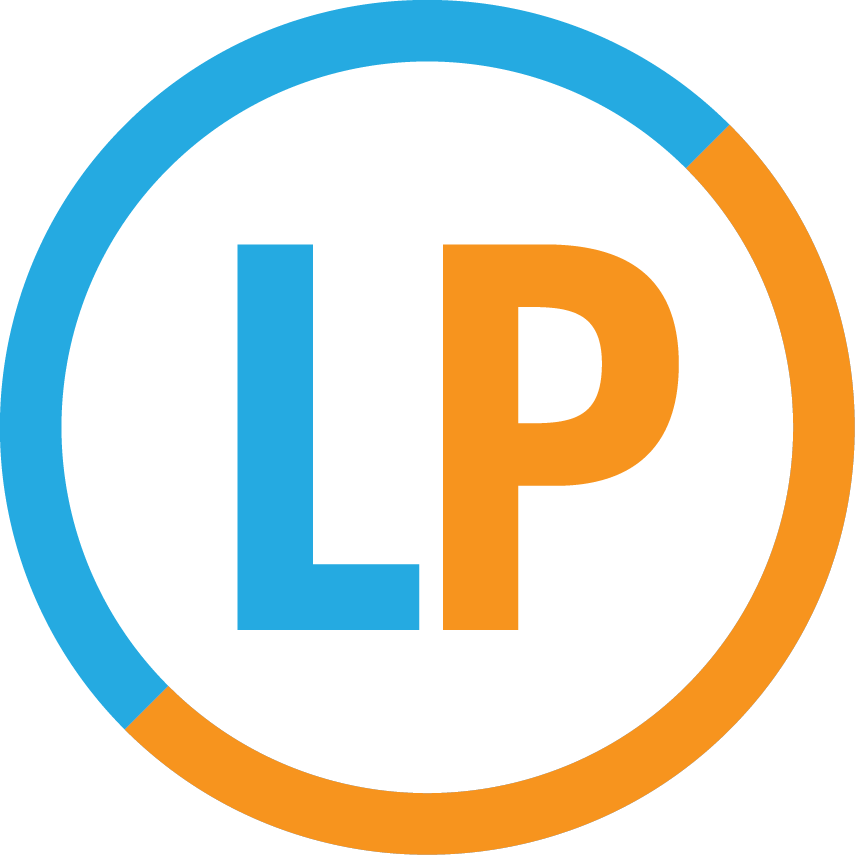Every year college admissions professionals gather for the NACAC Conference to discuss the trends happening in the world of admissions. The conference this year took place in Salt Lake City and covered a number of new and exciting topics.
A new way to read applications - Committee Based Evaluations
There is a relatively new way that applications are being read in admissions offices called Committee Based Evaluations that was started by an admissions officer at the University of Pennsylvania. Now, when you apply to Penn, your application is read by two people — at the same time, sitting right next to each other. One will be the "driver;” this person manages the “territory” (admissions speak for the geographic location) that the application is coming from. The driver is someone who is familiar with your school’s curriculum, opportunities, and overall grading system, and will focus on the more quantitative and academic side of your app (transcript, school profile, counselor recommendation, and teacher recommendations). The second reader will be assessing the more personal and qualitative components of your app (the application, essays, alumni interview, and any additional information or recommendations). The two readers will then discuss the applicant together as they read through the application to ensure the most thorough read. This strategy guarantees more eyes on every application — focusing on each facet — and we won’t be surprised if more colleges begin to adopt this procedure in the coming seasons.
What is Early Decision 2 really?
A panel of Admission Officers from Claremont McKenna, Colorado College, and University of Chicago examined Early Decision 2 and why those acceptance rates are significantly lower than Early Decision 1. Claremont McKenna saw a 13% drop in acceptances between the two rounds, Colorado College saw a 9% drop, and the University of Chicago declined to share their numbers. However, there were a few themes throughout all of their presentations that alluded to why this is the case. In addition to being a larger applicant pool in Early Decision 1 as opposed to Early Decision 2, students with “hooks” - something that allows them to stand out in the process - most often apply in the first Early Decision round. These students are the legacies and recruited athletes and oftentimes are able to have the conversation with admissions (via a coach) before applying, helping to ensure that their Early choice is within reach. The other notable difference that everyone (myself included) saw between the rounds is that the strength of the Early Decision 2 pool is weaker than Early Decision 1. Not in such a way that it makes it easier for a student to get in through ED2 as opposed to ED1, but because students sometimes overreach on where they are applying. This makes the choice of selecting an Early Decision 2 school that much more strategic for those students who either don’t get into their Early Decision 1 school or don’t apply in the first round.
The TOEFL has competition
Duolingo, the popular language learning platform, has rolled out a competitor to the TOEFL test. Using the data they’ve collected on language learning patterns from its millions of users, they’re able to test people on their level of English proficiency. They can do this at a much faster rate by having the test adapt to the user’s level of fluency, allowing them to complete it in 45 minutes rather than 4 hours. This test has already been adopted as an alternative to the TOEFL by top schools including Yale, Duke, WashU, Tufts, UCLA among others. More information (and an opportunity to try the test out) to come soon!
“Fit” isn’t just a buzzword — it’s an increasingly important angle to evaluating college applications.
The vast majority of universities are moving towards putting more emphasis on "fit.” A number of admission officers and deans that we spoke with brought up the importance of using fit to prioritize applicants — in a manner more prominent than it has been in years past. They spoke about this in the sense that applicants who may seem qualified for a school, but don't fit in (one example given was a non-STEM student applying to CalTech) wouldn't be accepted. On the other hand, students who might seem a little under qualified for a given school but are a really good fit for the campus and academic life would, in fact, be offered a spot. While this concept has always been a factor in the admissions process, it seems as though it will be weighed even more heavily. With this in mind, the narrative students share is even more important than ever.
You have more control over your recommendation letter than you think
Some high schools are developing a new format for writing letters of recommendation. While not the most groundbreaking news, some schools are trying to structure their letters to have individual sections for showing (1) how the student did in the larger context, (2) what his or her activities and interests are, and (3) what kind of impact he or she has made on the community or school at large. This means that it’s now more important than ever for students to diligently fill out their “brag sheets” — a term often applied to the self-reporting form students submit to guidance counselors. If this isn’t an option at your school, take the initiative to send your guidance counselor a summary of your achievements and contributions to your classrooms and community. This way, you can be sure your counselor will have plenty of glowing anecdotal information to draw from when drafting your recommendation letter.


